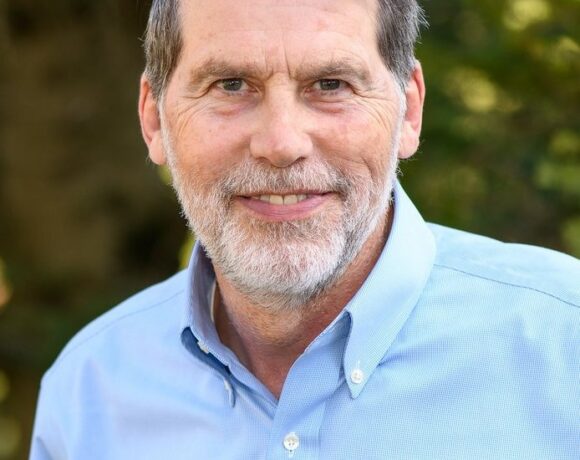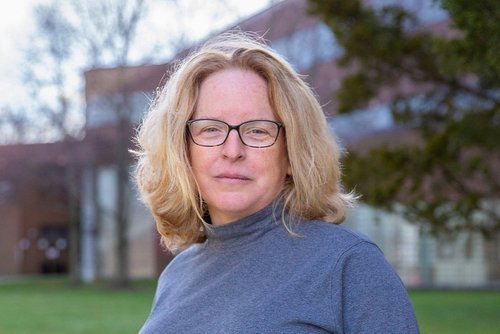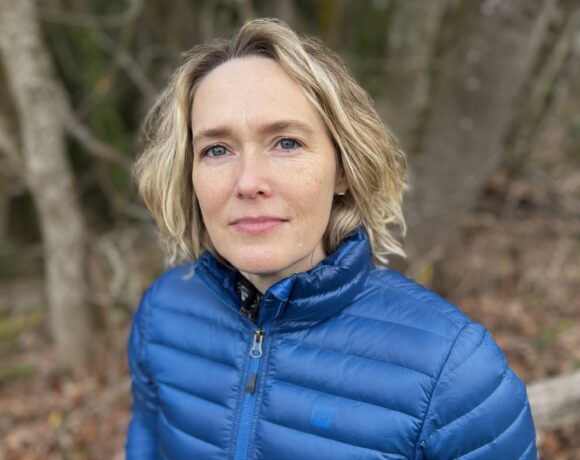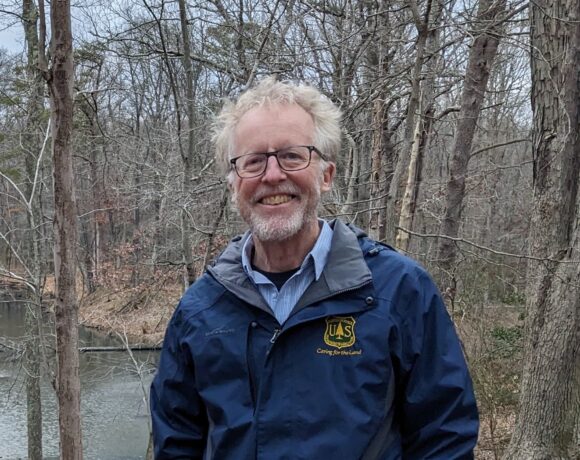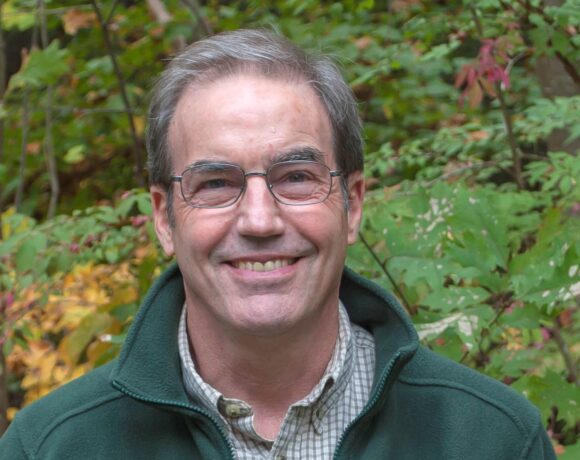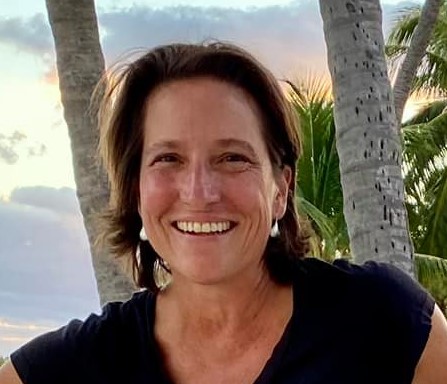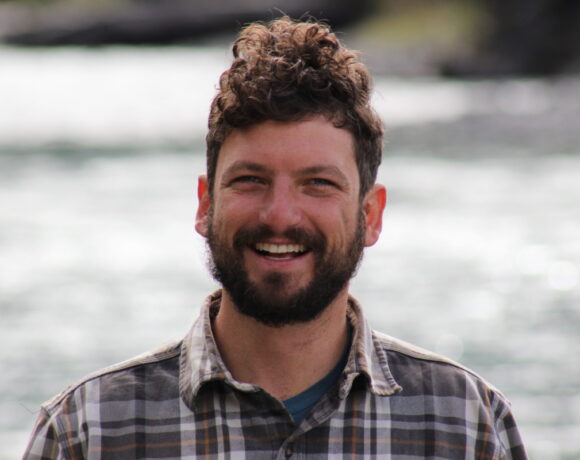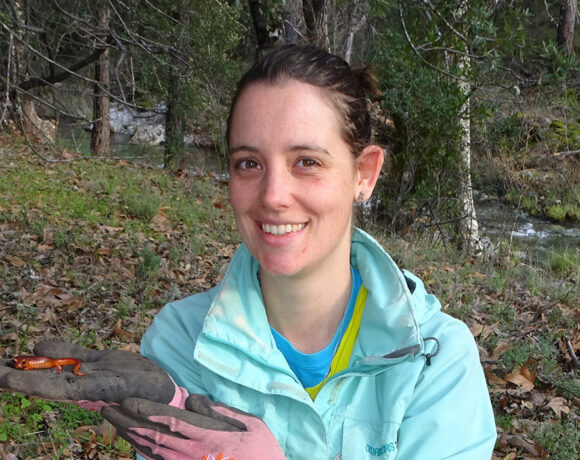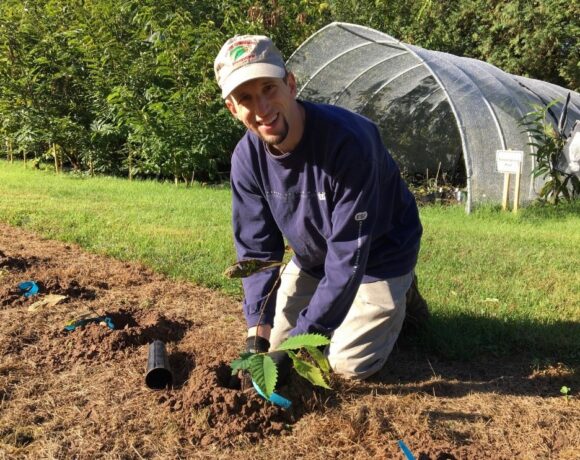“We need to be more careful about what we introduce,” says Dr. Myla Aronson, ecologist at Rutgers University who studies invasive species impacts, spread, and management in human-dominated landscapes. NYISRI is pleased to highlight her research in this month’s researcher spotlight.
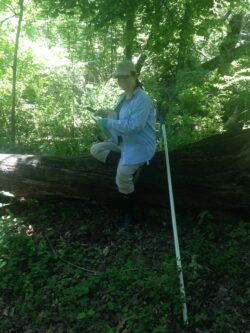
What kinds of research questions related to invasive species are you currently asking?
The research in my lab focuses on understanding the ecology and impact of invasions in human-dominated landscapes, specifically urban and suburban areas. We study how invasive species are introduced and spread, what factors facilitate invasions, and how to manage these species. We are interested in particular how invasive plants compete with native plants, and how to restore native plant populations in heavily invaded areas. We are also interested how overabundant deer herbivory and invasive plants interact to affect forest canopy tree regeneration and recruitment. Another aspect of our work is examining the global patterns and spread of invasive plants, and what factors go into decision-making for management of invasive plants, particularly in cities. Finally, we use plant traits, such as leaf area, seed mass, dispersal mode, breeding system, nativity, to understand what traits enable species to be successful in urban environments.
What are the basic methods you are using to answer your research questions?
Most of my invasive species research is conducted in the field. I work primarily in upland forests and wetlands. We perform vegetation surveys and measure the environment (shade, temperature, soil moisture) We also perform experiments measuring competition between native and invasive plant species, through a variety of field experiments and sometimes greenhouse experiments. We often plant native species within invasive monocultures, as well as in areas of varying invasive cover, to see how much invasive plant cover natives can tolerate. Another aspect of my work, studying global urban invasions, relies on databases of floras in the world’s cities and examination of planning and policy documents.
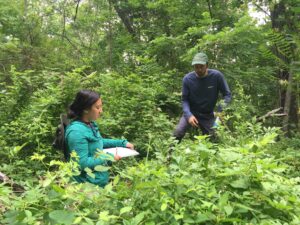
Do you have a personal story or path that led to your interest in this research?
As an undergraduate at Cornell University, I majored in Natural Resources and performed research in relative undisturbed forests in upstate New York. I fell in love with forest ecology and knew I wanted to continue research in forest ecology, to understand the drivers of forest biodiversity and interactions between species. When I started graduate school in New Jersey, I was immediately struck not only by the presence, but also the dominance of invasive plant species in many of the forests here. This, coupled with the heavy urbanization pressure natural areas face in this state, piqued my interest in understanding the ecology and impact of invasions and how urbanization facilitates invasions.
How does your research relate to the wider field of invasive species prevention/management?
I am particularly excited by my research because of the management implications it has. My lab’s experiments and field observations directly inform our understanding of the impacts of particular invasive species and how we can restore native plants in invaded habitats.
What’s the most important thing about your research for managers and policy makers to know?
Most of the invasive plants in the Northeast are introductions for horticulture or ornamental purposes. We need to be more careful about what we introduce. If a species has already been shown to have invasive tendencies, it should not be widely sold or planted in our yards and gardens. Suburban horticulture is a major source of invasive plant species to our natural areas.
What do you hope the long-term impact of your work will be?
I hope that my research will have an impact on the health and biodiversity of natural areas – particularly in urban and suburban areas, so that people can enjoy the beauty of our flora into the future.
View the Aronson Lab webpage >>
Read more researcher spotlights:



